From monitoring Mercury to starting a new adventure on an icy moon of Jupiter, the spacecraft and astronauts made great strides in 2024. Here are some of the highlights of this year in space.
New lunar visitors
The moon has been a hot destination for space agencies and private companies in recent years, and 2024 was no exception.
In January, Japan’s slender spacecraft made a successful but precision-scratched landing on a crater rim, marking the country’s first soft landing on the Moon. The smart solar-powered lunar probe lander was designed to collect data for a lunar day, or about two weeks on Earth, before night fell and it became too dark and cold to survive. But Slim surprised everyone by sending signals to Earth for three months.
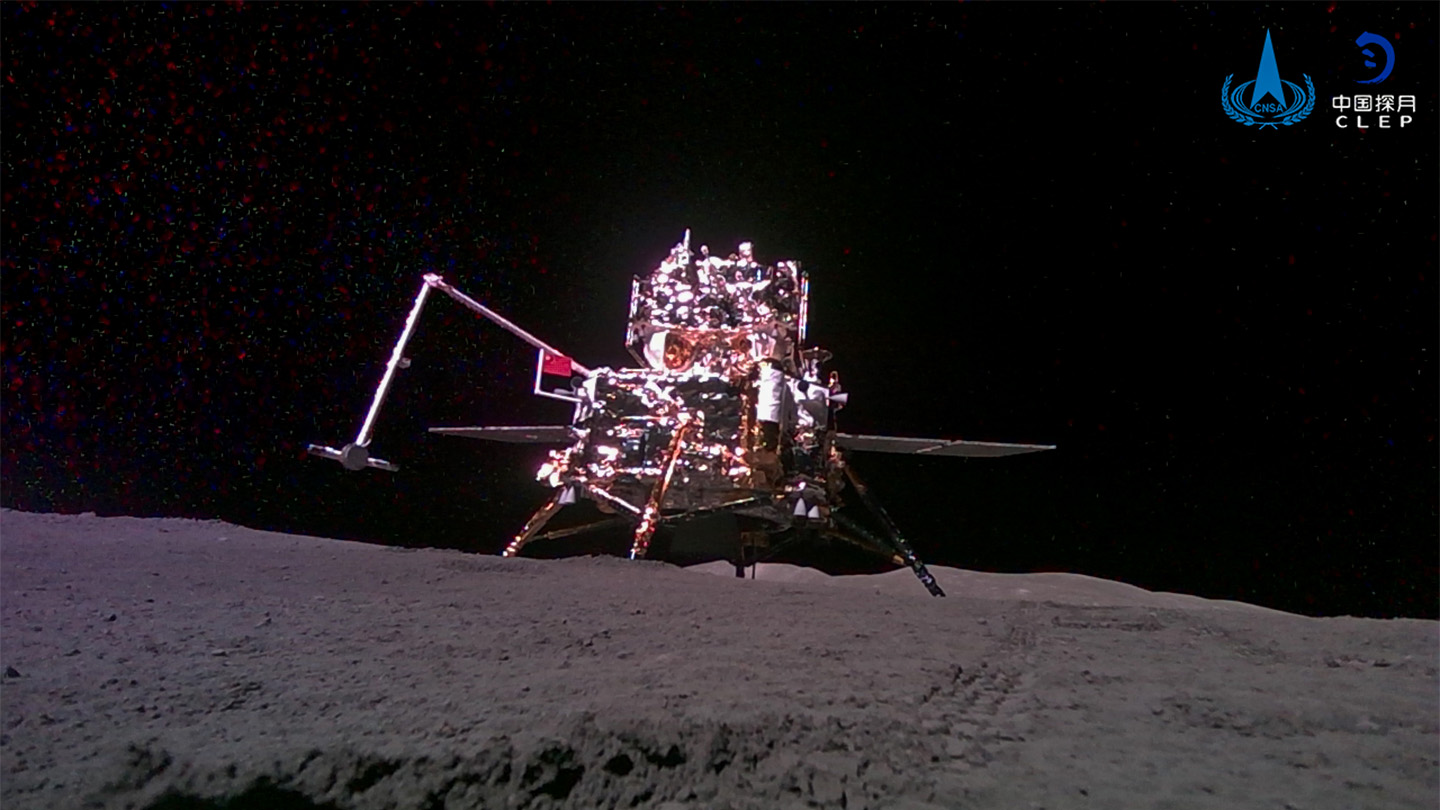
Slim joined another Lander unwittingly on the side in February. Odysseus, a spacecraft built by the Houston-based company Intuitive Machine, touched down and crashed near the Lunar South Pole. During its six-day mission, the probe sent back data that could be instructive for NASA’s Artemis mission, which aims to land humans on the moon in 2026 (SN: 3/23/24, p. 16).
Finally, China’s Chang’e 6 spacecraft captured the first samples from the far side of the Moon in June (SN: 6/29/24, p. 12). A first look at the samples revealed soil that is fluffier than the soil up close. A chemical analysis of the samples, reported in Naturesuggests that Farside was volcanically active about 2.8 billion years ago (SN: 11/15/24).
Meanwhile, the Chang’e 6 orbiter appeared in a place orbiting the sun called L2, the same region of space that is occupied by the James Webb Space Telescope. It’s still not clear what the Chinese Space Agency plans to do with it there.
Moments in March
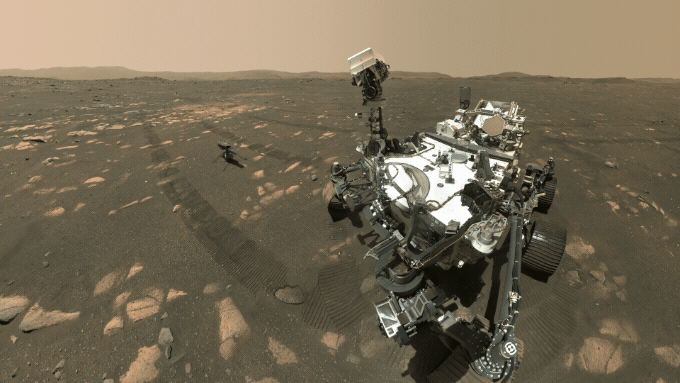
2024 opened with a farewell to a beloved Mars Explorer. NASA’s likeness, nicknamed Ginny, was the first helicopter to operate on the red planet. The craft had to fly several times over the course of 30 days; Instead, it took 72 flights over nearly three years. The air explorer was finally grounded in January after its rotor blades were damaged (SN: 1/25/24).
Ingenuity’s companion, the Perseverance Rover, made perhaps its most important discovery yet in July: a rock containing hints of ancient microbes (SN: 8/24/24, p. 6). But the revelation came against a backdrop of uncertainty: The budget for NASA’s planned sample return mission to Mars is in jeopardy (SN: 6/15/24, p. 12)meaning the intriguing piece of rock may not make it back to Earth for further study.
The private highs and lows of space flight
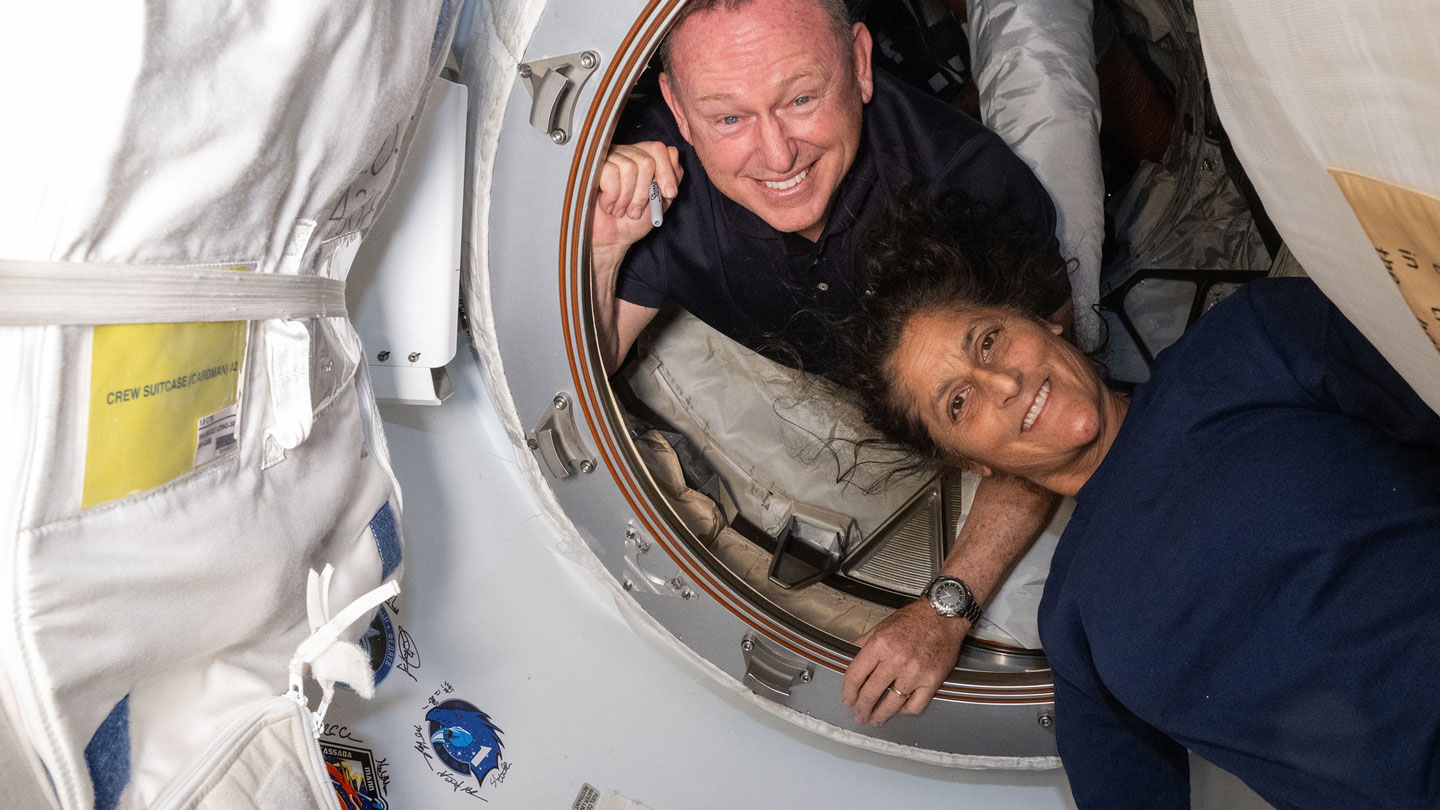
Four years after SpaceX became the first private company to launch astronauts to the International Space Station, the company supported another commercial milestone: the first all-civilian spaceflight (SN: 5/27/20). The Polaris Dawn mission launched four astronauts to the space station in September. The crew tested the new spaceports and collected data on the radiation and physiology of the astronauts. A crew member, Sarah Gillis, also became the first person to play the violin in space.
Another private company had a tougher time of it. Boeing’s Starliner spacecraft launched astronauts Sunita Williams and Butch Wilmore to the space station in early June for an eight-day mission, but problems with the shuttle’s boosters delayed the astronauts’ return. Starliner returned to Earth in September without its crew. Williams and Wilmore will remain on the space station until February, when a SpaceX Dragon spacecraft will bring them home.
The end of an era of asteroid hunting
Earth lost a planetary protector this year. In August, NASA said goodnight to the Neowise telescope after spending more than a decade scanning the sky for asteroid threats.
Neowise launched in 2009 on a mission to study infrared light from distant cosmic objects (SN: 12/10/09). When the telescope came out of the cooler, scientists reburied it to observe asteroids approaching Earth, which also emit infrared light thanks to heat from the sun.
During its lifetime, Neowise observed thousands of asteroids and hundreds of comets, giving scientists a more accurate understanding of the dangers these space rocks pose to Earth. The loss of the telescope leaves us somewhat in the dark, but fortunately not for long. Another asteroid hunter, Neo Surveyor, is expected to launch no earlier than 2027.

New views of Mercury
The Bepicolombo spacecraft made a close flyby of Mercury on September 4, getting the first view of the planet’s South Pole.
The joint European and Japanese probe left for Mercury in October 2018, and still has about two years to go before it arrives. Because Mercury is so close to the sun and its gravitational pull, it is not easy to maneuver a spacecraft into orbit around the small planet. Bepicolombo is making close passes of Mercury and using the planet’s gravity to get it on course to enter orbit in November 2026.
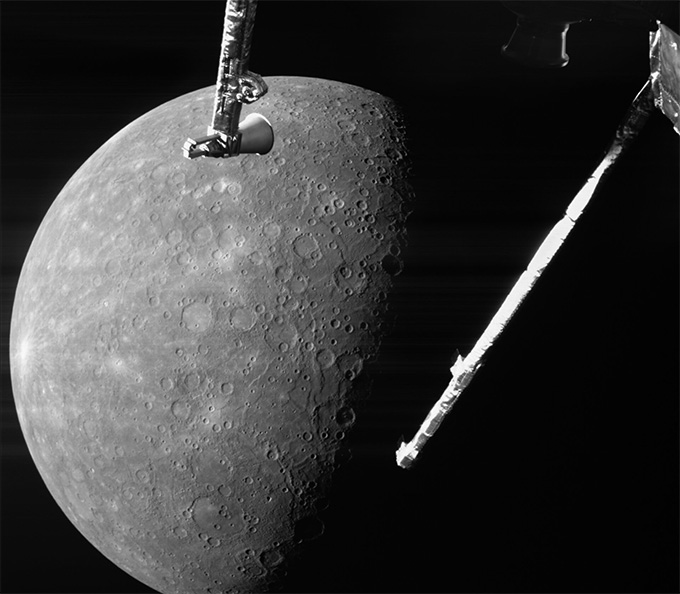
A flyby this year gave space views of Mercury that it won’t even have when it’s in orbit. Bepicolombo approached from the night side of Mercury, so the planet’s crater rims cast deep shadows that could reveal new details about their topography.
The next flyby will be on January 8.
Europe, Ahoy!
NASA’s Europa Clipper spacecraft launched on October 14, bound for an icy moon of Jupiter that may have conditions for life to exist (SN: 10/8/24). Because Europa hosts an ocean of liquid water beneath a thick shell of ice, it is among the top contenders for extraterrestrial life in the solar system.
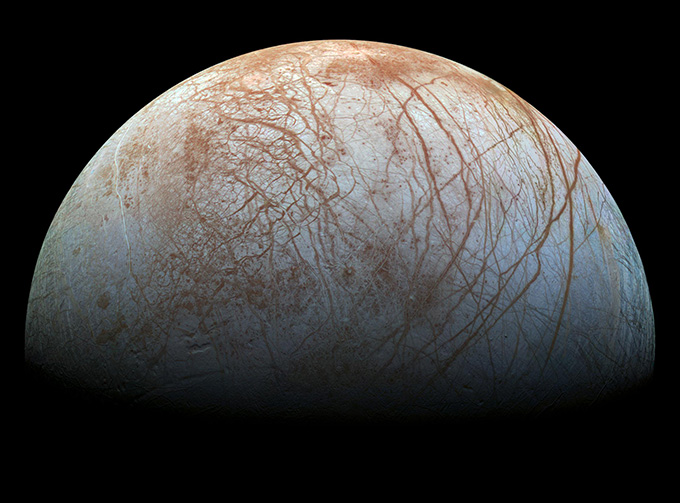
After Clipper reaches Jupiter in 2030, the spacecraft will make nearly 50 flybys of the moon to study its subsurface ocean. Clipper will not orbit Europa directly because of Jupiter’s strong magnetic field, which blocks high amounts of technology-disrupting radiation near the Moon. Instead, Clipper will dip in and out of this radiation field to avoid prolonged exposure, take data, and then return to recover before diving back in.
#Space #missions #traversed #solar #system
Image Source : www.sciencenews.org